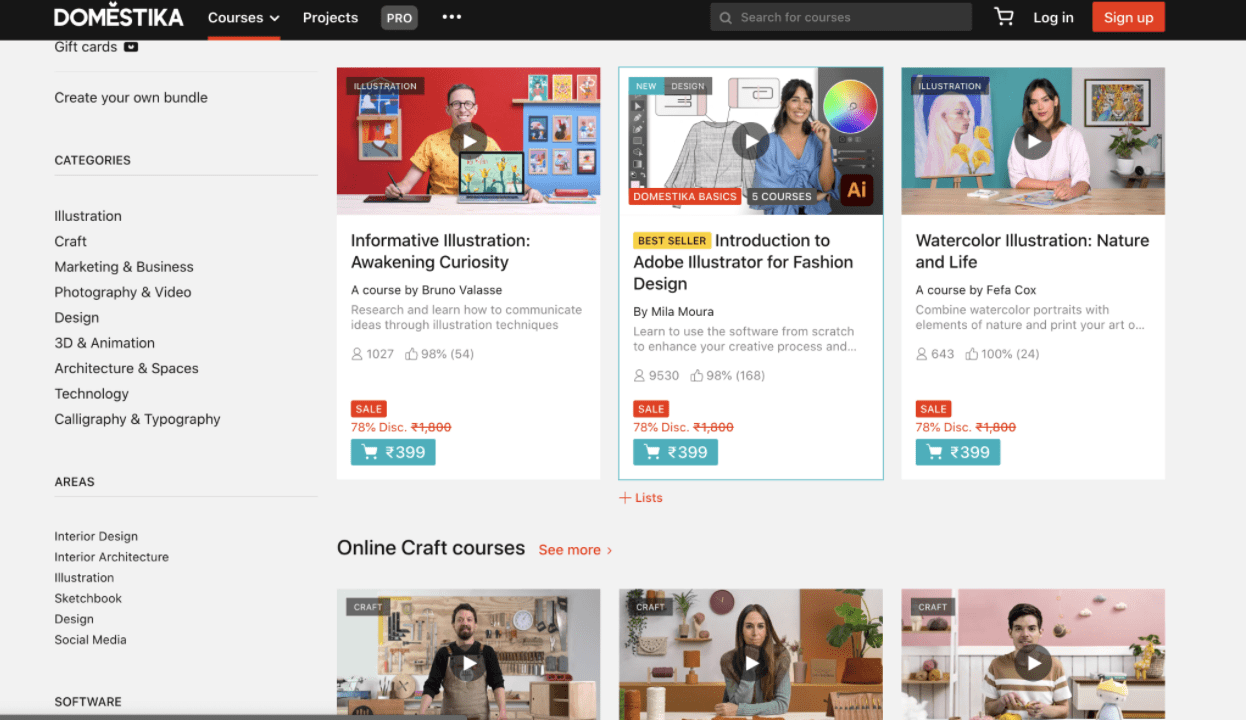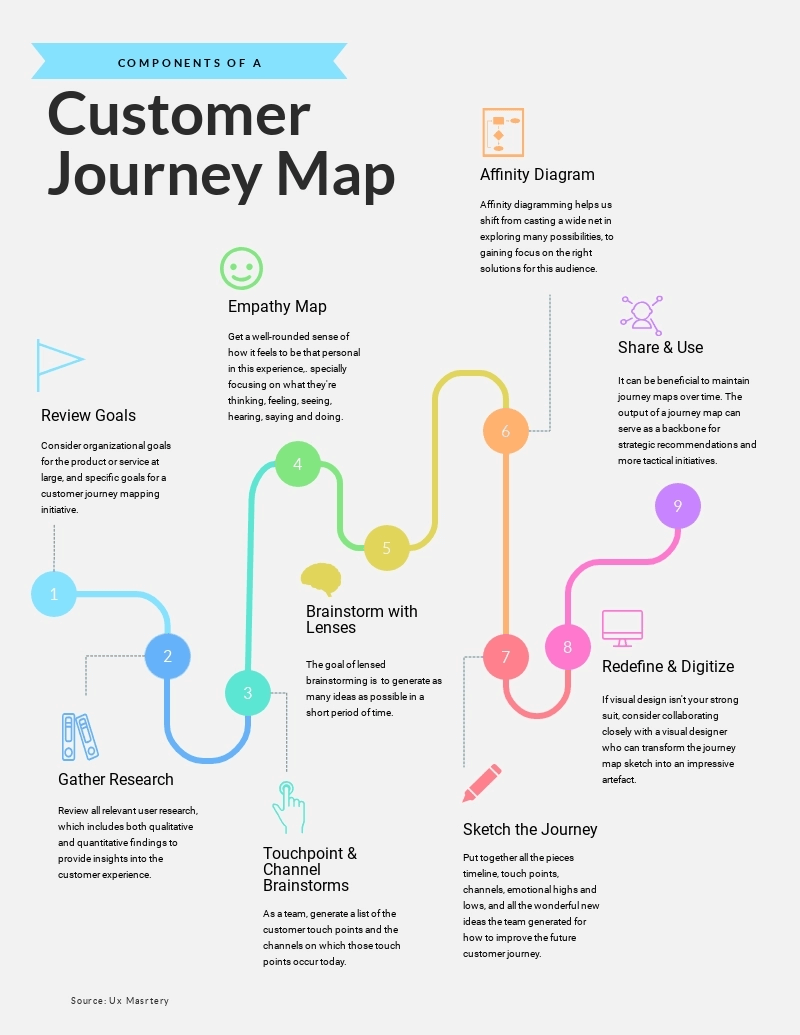Introduction
In this post, we'll explore why visual content matters in online learning and how it can enhance the learning experience for students. Visual content, such as images, videos, and infographics, plays a crucial role in engaging learners and facilitating better understanding of complex concepts.
Why use visual content in online learning?
Visual content is an essential component of online learning for several reasons:
- Engagement: Visual content can capture learners' attention and keep them engaged with the material. By incorporating images, videos, and infographics into online courses, instructors can create a more interactive and dynamic learning experience.
- Comprehension: Visual content can help learners better understand complex concepts by providing visual representations of abstract ideas. By using images and videos to illustrate key concepts, instructors can make the material more accessible and easier to grasp.
- Retention: Visual content can improve information retention by helping learners remember key concepts more effectively. Studies have shown that visual aids can enhance memory recall and reinforce learning outcomes.
- Accessibility: Visual content can make online learning more accessible to a wider range of learners, including those with visual or auditory impairments. By providing alternative formats such as image descriptions and closed captions, instructors can ensure that all students can access the material.
Types of visual content in online learning
There are several types of visual content that can be used in online learning:
- Images

Images can be used to illustrate key concepts, provide examples, and create visual interest in course materials. High-quality images can enhance the overall aesthetic of an online course and make the content more engaging.
- Videos

Videos are a powerful tool for delivering information in an engaging and interactive format. Instructors can create video lectures, tutorials, and demonstrations to help students visualize complex processes and concepts.
- Infographics

Infographics are visual representations of data or information that are designed to be easily understood at a glance. In online learning, infographics can be used to summarize key points, present statistics, and break down complex information into digestible chunks.
- Interactive simulations

Interactive simulations allow learners to explore concepts through hands-on activities and experiments. By providing interactive elements such as quizzes, games, and simulations, instructors can create a more immersive learning experience.
Best practices for using visual content in online learning
To effectively incorporate visual content into online learning, consider the following best practices:
- Align visuals with learning objectives: Ensure that visual content is relevant to the learning objectives of the course and enhances the material rather than detracting from it.
- Use a variety of visual formats: Incorporate a mix of images, videos, infographics, and interactive elements to cater to different learning styles and preferences.
- Keep visuals simple and clear: Avoid cluttering course materials with excessive visual content. Use visuals sparingly and ensure that they are clear, concise, and easy to understand.
- Provide alternative formats: Accommodate diverse learners by providing alternative formats for visual content, such as text descriptions, audio descriptions, and transcripts.
- Optimize visuals for accessibility: Ensure that visual content is accessible to all learners by following best practices for image descriptions, closed captions, and color contrast.
Examples of visual content in online learning
Here are a few examples of how visual content can be used in online learning:

Coursera offers a wide range of online courses that incorporate visual content such as videos, quizzes, and interactive exercises to engage learners.

Khan Academy uses a combination of videos, images, and interactive simulations to teach a variety of subjects, from math and science to history and art.

edX provides online courses from top universities that feature high-quality videos, interactive exercises, and discussion forums to facilitate learning and collaboration.
Conclusion
Visual content is a powerful tool for enhancing the online learning experience and engaging students with course materials. By incorporating images, videos, infographics, and interactive elements into online courses, instructors can create a more dynamic and interactive learning environment that caters to diverse learning styles and preferences.
